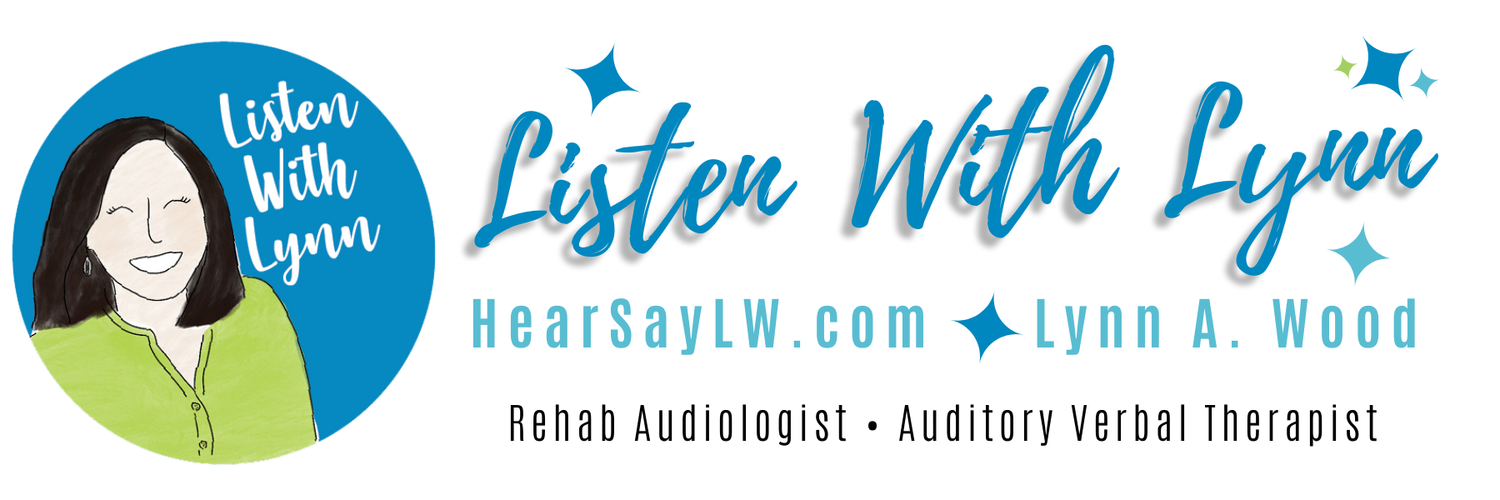The LMH 10 Sound Test For Monitoring Listening
Joan Hewitt AuD FAAA, CCC-A, TOD
Jane Madell Ph.D., FAAA, CCC-A/SLP, LSLS Cert AVT
Hearing technology has improved significantly since the advent of the Ling 6 Sound Test (2006). Joan Hewitt and Jane Madell recommend adding four consonant sounds /n/, /h/, /z/, and /dj/ to better cover the Low, Middle, and High frequencies. The LMH Test screens the low, mid, and high frequencies to get a better idea of a child’s speech perception.
L ➼ Ling - Low
M ➼ Madell - Mid
H ➼ Hewitt - High
The goal of the LMH Test and all speech perception measures is to determine what a child is hearing and what they are missing. The information can then be used by the audiologist to adjust technology settings to provide better access to frequency bands not being perceived. Speech perception and production need to be monitored regularly to identify consistent errors patterns and then management.
Children who are deaf and hard of hearing must have excellent access to sound or hear very well with their technology if they are going to be able to use listening to learn spoken language and develop good literacy skills.
Learn More:
The HearingHealthMatters.org The LMH Test For Monitoring Listening – Jane Madell and Joan Hewitt


